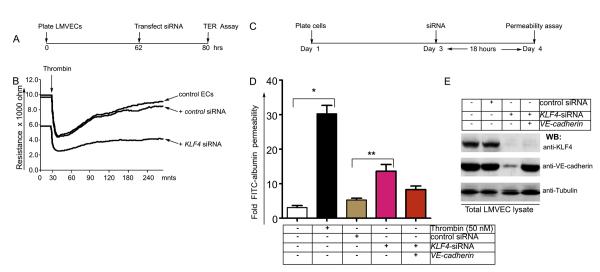Figure 2. KLF4 depletion increases endothelial barrier permeability.
A, Timeline of TER assay. B, HLMVECs plated on gold microelectrodes were left untreated (control) or transfected with a non-silencing siRNA or KLF4-silencing siRNA, followed by TER assay. Note that KLF4 silencing inhibited the thrombin response relative to untreated group (no transfection) or negative control group (non-silencing siRNA; n = 5 per group). Mean value (± s.e.m.) of maximal TER responses to thrombin (50 nM) stimulation (n = 7). Thrombin-induced decrease in TER was significantly attenuated in HLMVECs transfected by KLF4-depletion compared with untreated control or negative control group transfected with a non-silencing siRNA. C-E, KLF4 knockdown increases transendothelial permeability of fluorescein isothiocyanate (FITC)-conjugated albumin by decreasing VE-cadherin expression and AJ integrity. C, Timeline of experiments. D, Confluent HLMVEC monolayers were grown on microporous filters for 36 h, either left alone (control) or treated with control siRNA or with KLF4-siRNA for 12 hours. At 18 hr post transfection, transendothelial FITC-albumin permeability was measured. Control HLMVECs showed basal transendothelial FITC-albumin permeability values, while KLF4 knockdown increased transendothelial FITC-albumin permeability. Re-expression of VE-cadherin into KLF4-depleted ECs partially restored the effect of loss of KLF4. Values are mean ± s.e.m. (n= 10). *p < 0.05 vs other control (untreated) group. **p <0.01 KLF4 siRNA vs control siRNA. E, The efficiency of KLF4-knockdown and VE-cadherin re-expression in HLMVECs was determined by Western blotting.

